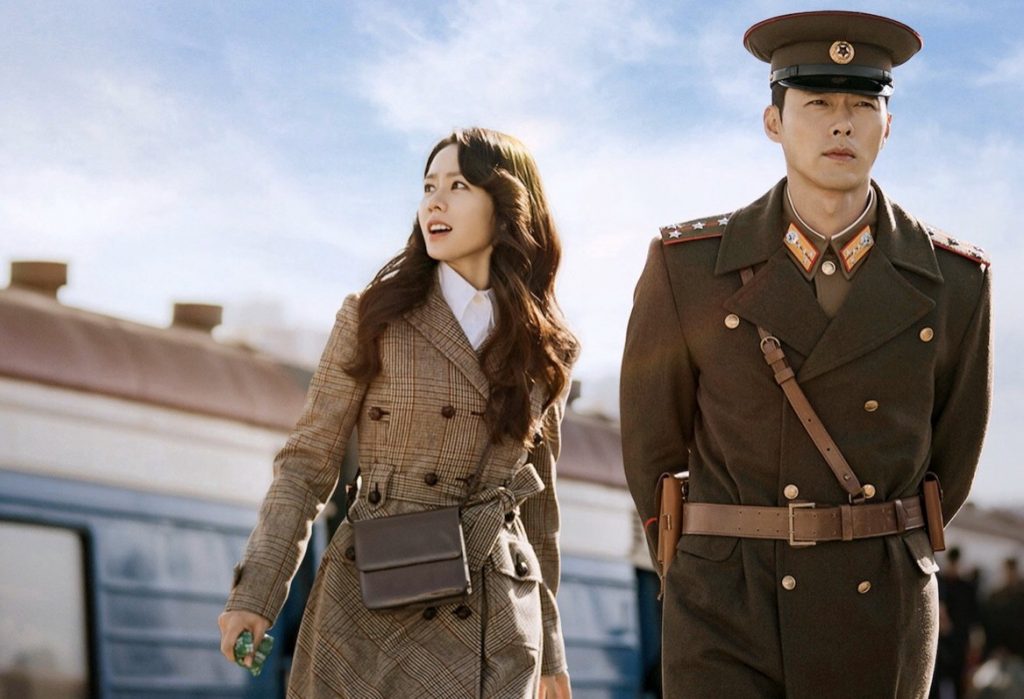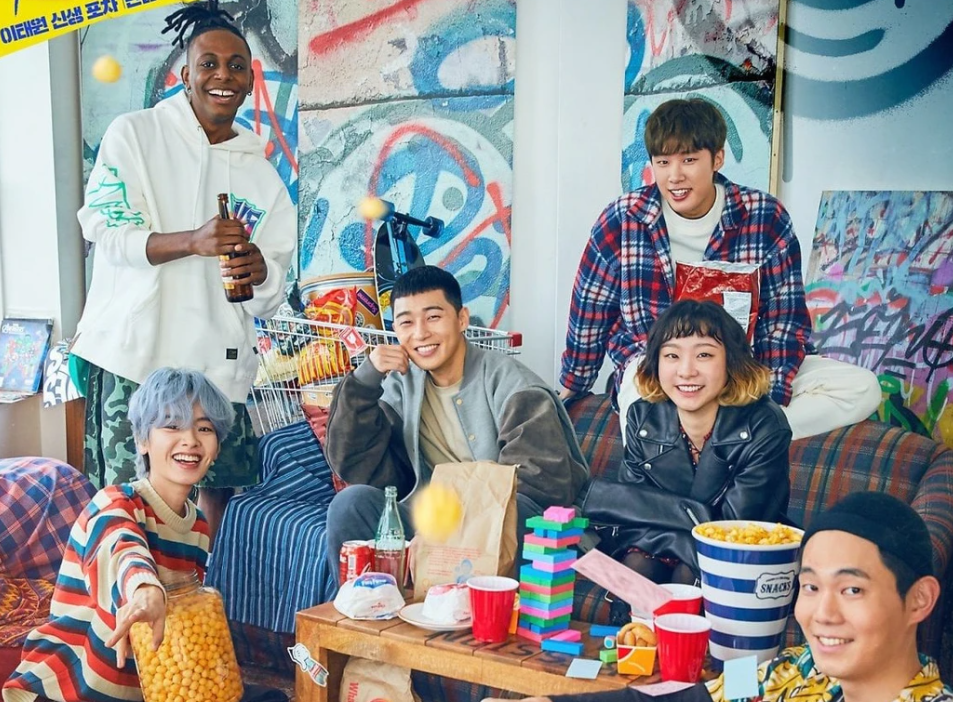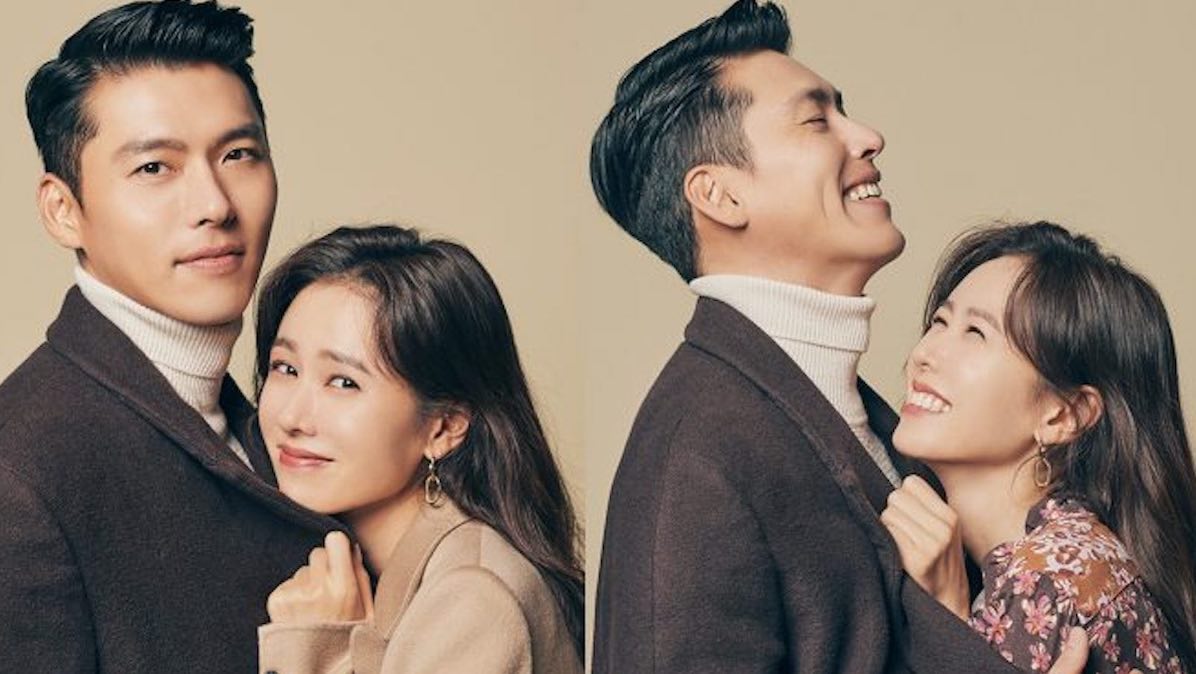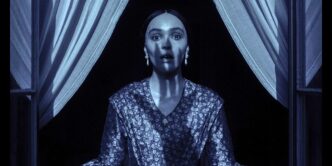“I like you. I don’t care if you are a man or an alien.”
—-The Male protagonist, Coffee Prince, 2007
This is one of my favorite lines from the 2007 K-drama Coffee Prince. Although this iconic line has been mostly laughed at, I think it is a portrayal of unconditional love for a person and also hints at the bisexual side of a mainstream hero during 2007 in a very conservative Korean society.
It is not news that Korea has taken up the world by storm be it through music, movies or skincare. Like K-pop, K-dramas play a major role in popularizing Korea around the globe as it carries the essence of the culture to the global citizens. Along with TV broadcast, the availability of K-dramas in digital streaming platforms, which offers subtitles in other languages, have boosted its popularity even more.
So, are you interested in K-dramas? Let’s know a bit more regarding what they are all about.
Do I Need to Clear My Schedule to Watch K-dramas?
Korean dramas usually have a single season consisting 16 to 20 episodes of 60 minutes each. These dramas usually appear on weekdays. There are Sunday dramas as well which contain 50 episodes of the same time frame.
So, if you are up for some light entertainment, K-Drama is a great option. You don’t have to leave everything behind to watch K-dramas. But if you want to, you can choose to binge watch them over a couple of days. K-dramas offer you that flexibility.
What Are the Must Watch K-dramas?
The most popular K-dramas like Goblin, Legend of The Blue Sea, W-Two Worlds, and While You Are Sleeping are easily digestible rom-coms with a touch of drama, thriller, mystery and magic. The ‘magic’ element especially exists in the K-dramas that are adaptations from manga or webtoons. School-based (School 2013), medical (Doctors), horror comedy (Bring it on Ghost), time travel (My Love from The Star) and historical (Hwarang) dramas are some of the most popular genres in the K-drama world.

K-dramas: Oversimplified, Utopian and Cliché?
One of the most overused storylines in K-drama is Gender Reversal. You’re Beautiful, Coffee Prince, Secret Garden and Kill Me Heal Me are some of the most iconic and quotable k-dramas of all time. In Coffee prince, the hero (Gong Yoo) has no clue that the heroine (Yoon Eun-hye) is a boy as she has disguised herself to work in the café which only wants male waiters. Gong Yoo falls for her/him. He proposes her saying the before mentioned iconic ‘alien’ dialogue.
The character arcs behind most mainstream K-dramas are pretty straightforward. The hero is an extremely good-looking young millionaire who may or may not have a proper job of his own, but for sure is backed up by a very rich and powerful family. The typical K-drama heroine is either a cute girl-next-door who wants to sort her life out or a strong woman who is distant from her very rich and powerful family. At least one of the central characters in a K-drama will have a powerful and rich family.
In my opinion, the main reason behind wanting to portray wealth is to show the diverse fashion trends in Korea. Usually, the rich characters are the best dressed people in the dramas with an amazing sense of fashion. Sometimes it is a bit over the top, but it does not fail to create buzz among the viewers. And this is inevitable as K-dramas have attracted attention for their style and fashion all around the world.

K-dramas don’t only portray rich people having a good fashion sense. The dramas portraying professional women are the ones that attract the female viewers the most. I was so in awe with Park Min Young’s office outfits and slick ear rings in What’s wrong with Secretary Kim where she played the extremely dedicated personal secretary to our beloved Park Seo Joon. Men’s fashion is also portrayed with same generosity in K-dramas.
Obviously, there are dramas that show none of that rich high-end fashion lifestyle. When the Camelia Blooms is a love story between a single mom who meets and falls in love with a do-gooder police officer in their small town. The realistic plot emphasizes on the down to earth nature of the characters and their daily struggles in life rather than focusing on grandeur and outwardly charm.
K-dramas are popular for their happy endings. I truly cannot remember a single K-Drama where the hero and heroine does not live happily ever after.
Sometimes it feels like the writers are forcibly trying to marry off the main characters just for the sake of happy endings. Although it might make some audiences content, I personally feel it to be a drag. If conflicts are so easily resolved then what was the point? Nonetheless, it is sometimes refreshing to see things end on a happy note as reality is too harsh for us already. Exceptions can be found in Scarlet Heart Ryeo that ended on an unhappy note portraying “a love that withered in the face of power”, which left many viewers unsatisfied.
Is There A Hidden Agenda Behind the Advocacy for Marriages in K-dramas?
In my opinion, marrying the hero and heroine off at the end might just be an effort to tell people, “hey look, marriage isn’t that bad.” According to Statistics Korea, the number of marriages per 1000 people was five in 2018 which is the lowest rate since the agency began compiling this data in 1970. For women in Korea, wedding is not an attractive option as carrying the burden of family on the back of work is not considered to be ideal. Huge wedding costs and the overwork culture are also major reasons behind such issues. Such circumstances have led to a low population growth rate (0.3%) and dissolved family bonds as young people are becoming more individualistic and work-centric.
So, it will not be surprising if K-dramas are found to be used as a medium to influence Koreans to idolize the idea of marriage. As a society trying hard to re-establish the importance of bonds and family values in its society, encouraging audiences to commit to marriage is a shrewd idea. And as an enthusiastic admirer of K-dramas, I cannot really state that the attempt, if indeed it is one, is a completely failure. Enough positivity and importance are given to the idea of marriage in the dramas so that the target audience can start fantasizing falling in love and committing to marriage. However, I am yet to be convinced!
Hidden Gems
There are many K-dramas that are not popular among the mainstream viewers but are really worth the watch. Age of Youth (Hello, My Twenties) is a story about five single girls living in a shared apartment and struggling every day as professional women. It was really refreshing to watch the struggle of common girls where the emphasis was not given only to their love life. Mother is another underrated heart-wrenching drama that focuses on motherhood and sensitive topics like child abuse.
K-dramas: Only A Form of Light Entertainment?
One thing that makes me watch more and more K-dramas is the characters’ urge to fulfil their dreams in their respective workplaces.
When we watch Bollywood, or Hindi Serials, it seems like the characters don’t have a real job. But in K-dramas, the main leads are usually very driven people who want to do whatever work they are given in the most earnest way possible. Such is 2020’s drama Start Up that revolves around some young people who start working in start-ups in the Korean Silicon Valley to fulfil their dreams of becoming successful business persons. There is also Search: WWW, a female dominated drama about the industry of Internet’s web portal where the characters tackle personal redemption and career dreams amongst the fierce competition.
In 2020, Mental health is also being addressed in K-Dramas. It’s Okay Not to Be Okay is the story of an employee in the psychiatric ward and a children’s book authoress with anti-social personality disorder. Although it maintains specific cliches of K-dramas like rich heroine having family issues or a childhood sweetheart plotline, it manages to shed light over mental health and depression. One of my favourite lines from the show is:
“If you want to make people around you happy, you need to find your own happiness first”
Talking about breaking stereotypes, it would be a crime to leave out this year’s highly appreciated drama Itaewon Class. The story revolves around an ex-con and his crew trying to make their dream of opening a street bar come true. This crew consists mostly of marginalized people like transgender woman Ma Hyeon-yi and a black man Kim To-ni, some representations we almost never really see in K-dramas. The drama shows the casual racism present in Korea when Kim To-ni is called a local term “ib-baen” and refused entry to a club due to his ethnicity.

K-dramas: Do They Empower Women?
In the 1990s, the middle-aged housewives in Korea were the most prominent watchers. Now in 2020, the target audiences have expanded to cater to the more open global audience mostly 15- to 30-year-old women all around the world. As women are the target consumers, the majority of K-drama writers are women.
Apart from hiring more female writers, K-dramas have started showing female characters with agency and power to take decisions for themselves. We have seen an influx of female characters occupying top positions in the recent years. In Hotel del Luna, Jang Man-wol (IU) is the owner of the said hotel and the most ruthless boss ever. Yoon Seri in drama Crash Landing on you is the CEO of her own company Seri’s Choice. In drama It’s Okay Not to be Okay, Ko Moon-young (Seo Ye-ji) is an extremely successful author and the embodiment of “not giving a damn”. These kinds of characters do have a positive impact on impressionable young girls.
Should I Watch K-dramas?
There is no reason why you should not. Of course, the taste of entertainment differs from person to person. However, K-dramas provide you with the chance to choose from a wide range of genres. You can watch K-dramas for light entertainment when you are not looking for something serious – and trust me when I say, they are entertaining – and you can look for thought-provoking, emotionally overwhelming dramas as well, if you feel like it. Another plus point is that most of the K-dramas are not something you need to be totally invested in – so they present to you a great way to take stress off your hectic life.
However, if you want to watch K-dramas, you really need to do your research. If you don’t know what you want, or what you should watch, it is very possible that you will lose interest soon in the clutter of repetitive and similar content among the popular K-dramas. If you know what you’re looking for, K-dramas can introduce you to a completely different world you can fall in love with.






